Publications
2025
-
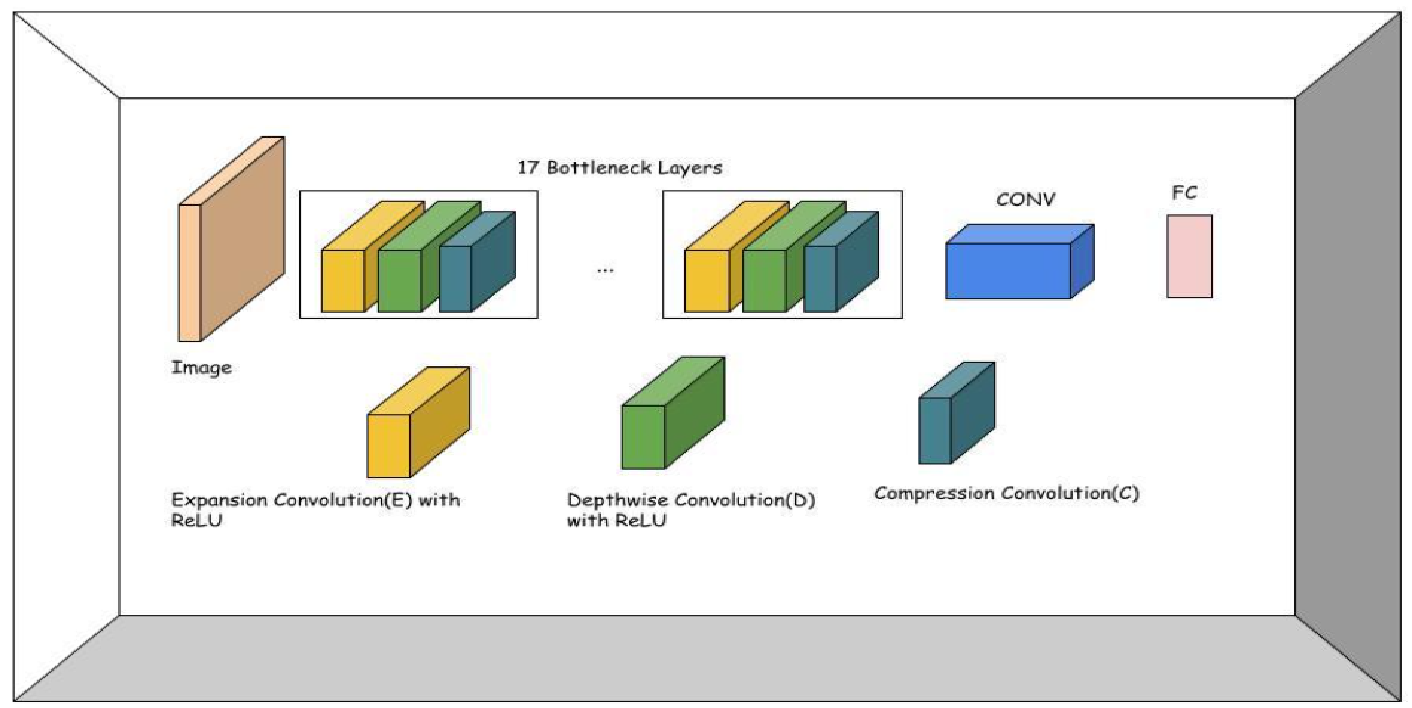
-
Revival of Muslin by Phuti Karpas plant identification with convolution neural network
Redwan Ahmed Rizvee, Omar Farrok, Mahamudul Hasan, Faisal Farhan, Md Hafanul Islam, Md Khalid Hasan, Abidur Rahman, Maheen Islam, Md Sawkat Ali, Taskeed Jabid, Mohammad Rifat Ahmmad Rashid, Mohammad Manzurul Islam.
Array (2025)
ABSTRACT BIB
Phuti Karpas, historically central to cotton production and thought extinct, has re-emerged in botanical research, prompting a need for reliable identification methods. This study develops a systematic approach for classifying Phuti Karpas leaves using various convolutional neural networks (CNNs), including AlexNet, Inception, VGG16, MobileNetV2, and a custom-designed baseline model. A unique dataset of 2354 leaf images was curated, with two main classes: Phuti Karpas and Non Phuti Karpas, the latter including 14 other plant types to enhance model robustness. Each model was evaluated on metrics like accuracy, precision, recall, computational time, and memory efficiency. AlexNet yielded the highest average accuracy, while the custom baseline model, optimized for mobile deployment, provided comparable accuracy with faster inference. To demonstrate real-world usability, an Android app was created for real-time Phuti Karpas identification, offering an accessible tool for field researchers and conservationists. This work not only advances deep learning applications in plant taxonomy but also aids in the cultural and scientific revival of Phuti Karpas.
2023
-
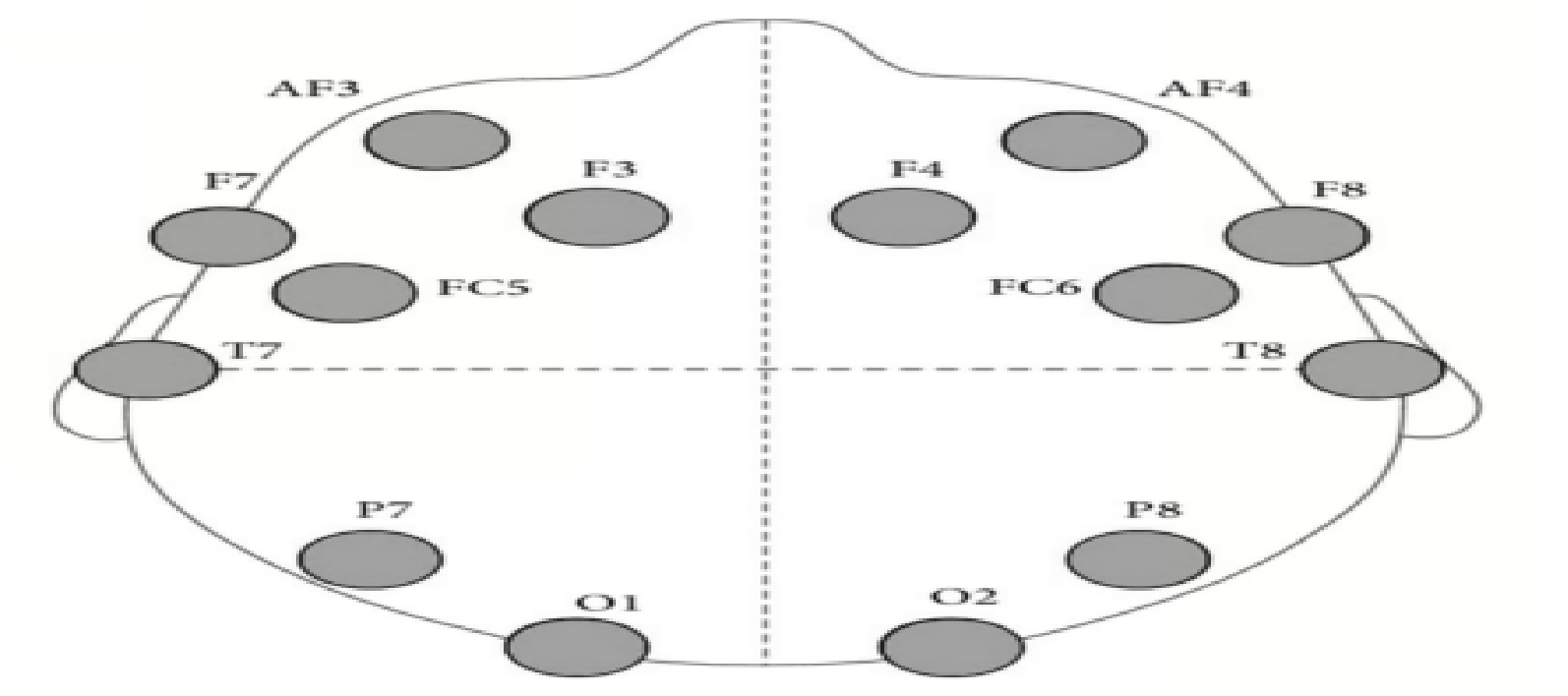
-
Effect of Input Channel Reduction on EEG Seizure Detection
Md Shaikh Abrar Kabir, Faisal Farhan, Adnan Amin Siddique, Oli Lowna Baroi, Taniza Marium, Md. Jakaria Rahimi.
Przegląd Elektrotechniczny (2023)
ABSTRACT BIB
In this study, the effectiveness of six machine learning and eight deep learning algorithms in analyzing electroencephalogram (EEG) signals for detecting epileptic seizures has been investigated. The study utilizes 14 channels in the EMOTIV EPOC+ device which is based on international 10-20 system. To find out the most informative and sensitive channel, one of the 14 channels has been dropped one at a time. The accuracy values were determined for all the methods using two different datasets: the Guinea-Bissau dataset and the Nigeria dataset, both available on https://zenodo.org/record/1252141#.ZDdyj3ZByUl. In case of machine learning models, the performance of SVM classifier performs best with maximum accuracy of 83.2% (Guinea-Bissau) and 77% (Nigeria) without excluding any channels. No significant performance degradation has been observed for single channel exclusion of this classifier. Among the deep learning models, the four best performing models in terms of accuracy are CNN-LSTM (92.5%), IC-RNN (91.8%), ChronoNet (91.1%) and C-DRNN (88.6%). After excluding one channel at a time and investigating their effect on the performance of the four DL models, it has been observed that the most significant and most sensitive channels lie within the frontal and parietal zone. This finding will be very useful in practice as it indicates that the electrodes in the frontal and parietal zone should be placed with absolute precision for accurate diagnosis of the diseases. In addition, this study also explore the effectiveness of the selected classifiers in detecting seizure in case of failure of any particular EEG signal channel.
2022
-
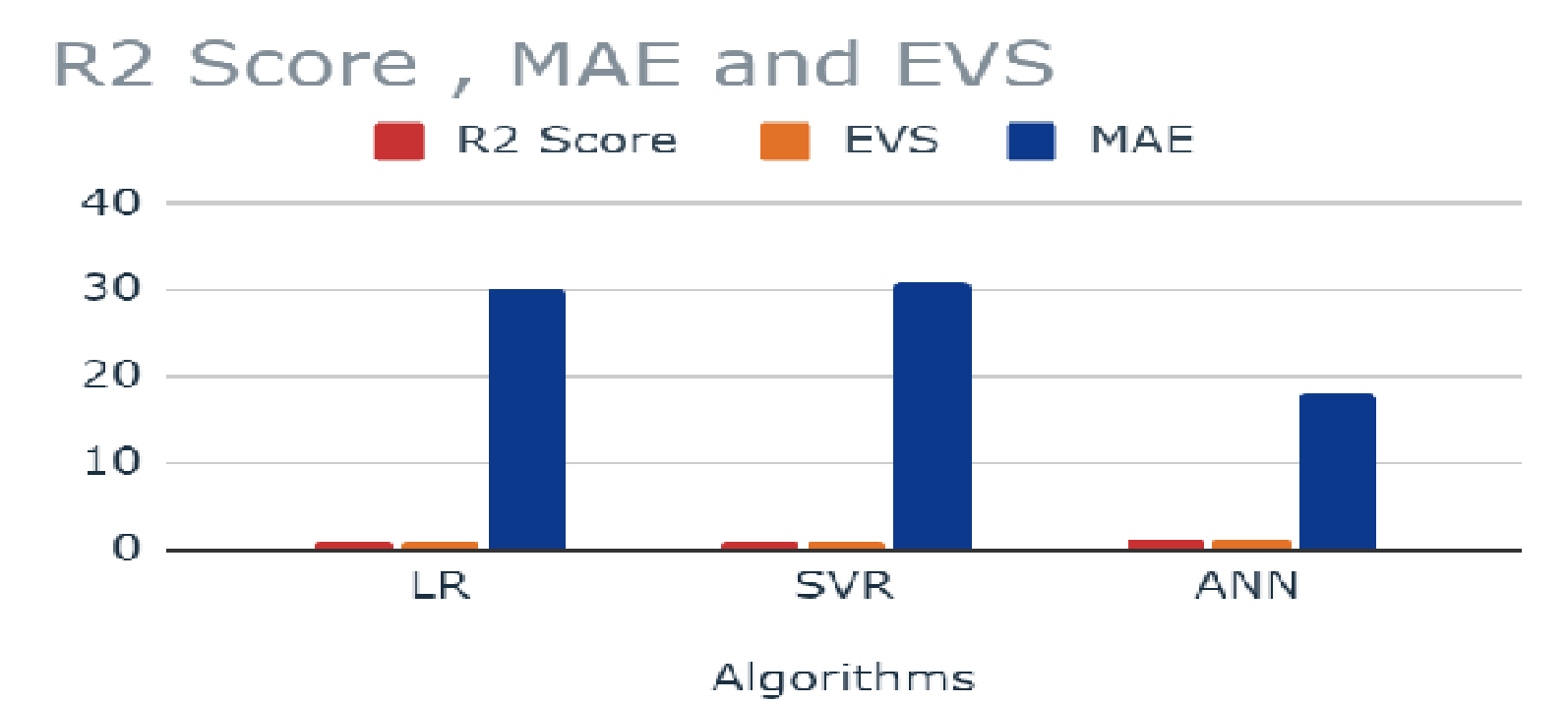
-
ANN based approach to predict Criminal Trends in Bangladesh.
Faisal Farhan, Thahmidul Islam Nafi.
2nd International Conference on Artificial Intelligence and Signal Processing (AISP), IEEE (2022)
ABSTRACT BIB
Crime trend analysis has become a mandatory task as the scale of crime is increasing rapidly all over the globe. In recent years, Bangladesh has encountered various types of crimes and the rate is increasing with its increased population. Both physical and digital based crimes have become very common and their fatality can disrupt the advancement of any country. To tackle the situation, it is important to investigate and forecast the crime patterns that can assist the law enforcement agencies for easier investigation. Machine Learning and Deep Learning based crime analysis has become very popular as they can accurately and efficiently analyze large criminal dataset. In this study, the authors implemented machine learning techniques as well as ANN architecture to assess and forecast crime trends in Bangladesh. The dataset in this experiment was collected from the Bangladesh Police website that consists of criminal records of various crimes during the years 2010 to 2019. Authors evaluated the performance of ANN with other regression models named linear Regression and Support Vector Regression for crime prediction. The proposed model(ANN) outperforms other two models in this study compared to all the performance evaluation metrics. Hence ANN model is suggested by the authors to forecast and analyze future crime trends.
-
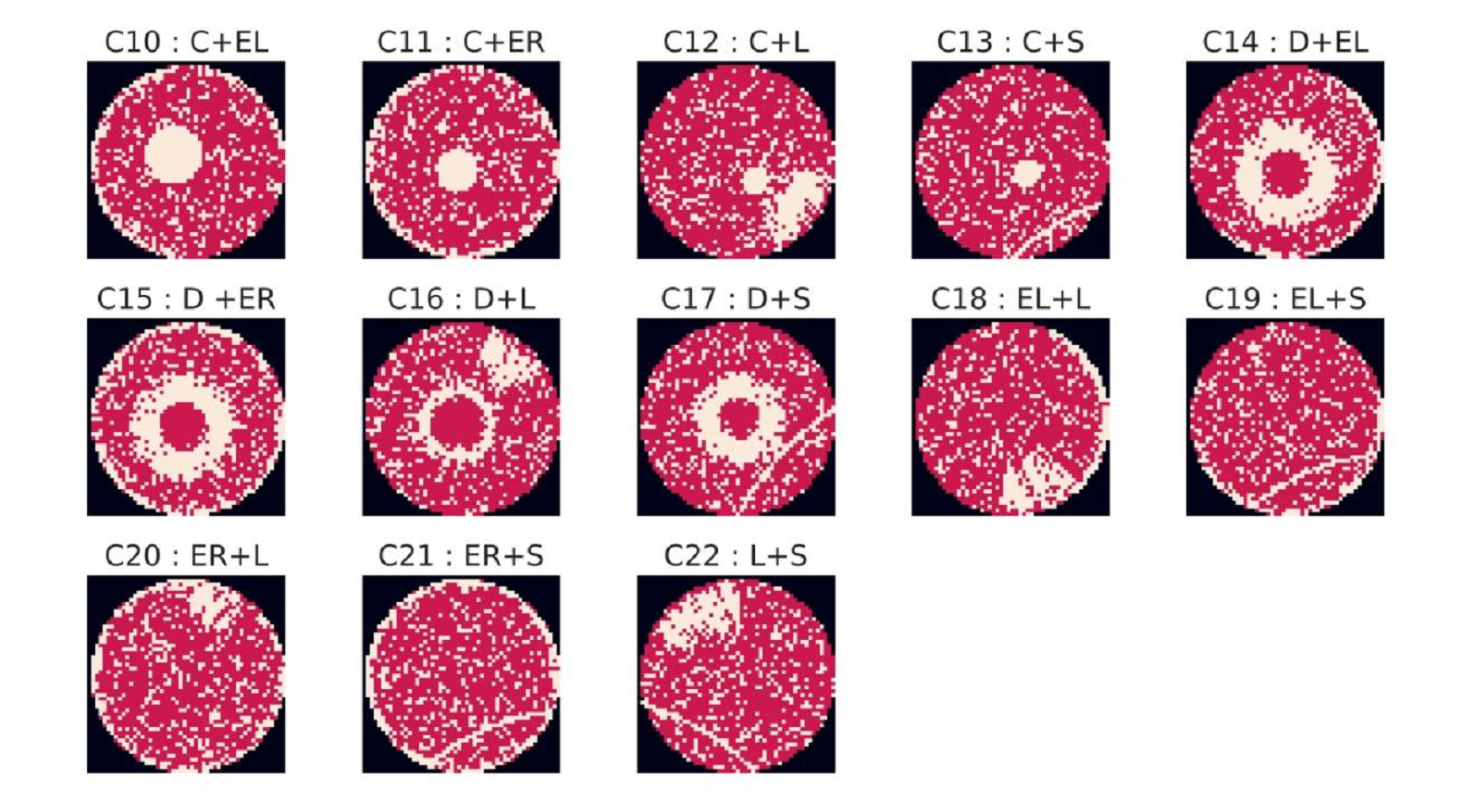
-
High Accuracy Swin Transformers for Image-based Wafer Map Defect Detection
Thahmidul I. Nafi, Erfanul Haque, Faisal Farhan, Asif Rahman.
International Journal of Engineering and Manufacturing (IJEM) (2022)
ABSTRACT BIB
A wafer map depicts the location of each die on the wafer and indicates whether it is a Product, Secondary Silicon, or Reject. Detecting defects in Wafer Maps is crucial in order to ensure the integrity of the chips processed in the wafer, as any defect can cause anomalies thus decreasing the overall yield. With the current advances in anomaly detection using various Computer Vision Techniques, Transformer Architecture based Vision models are a prime candidate for identifying wafer defects. In this paper, the performance of Four such Transformer based models – BEiT (BERT Pre-Training of Image Transformers), FNet (Fourier Network), ViT (Vision Transformer) and Swin Transformer (Shifted Window based Transformer) in wafer map defect classification are discussed. Each of these models were individually trained, tested and evaluated with the “MixedWM38” dataset obtained from the online platform, Kaggle. During evaluation, it has been observed that the overall accuracy of the Swin Transformer Network algorithm is the highest, at 97.47%, followed closely by Vision Transformer at 96.77%. The average Recall of Swin Transformer is also 97.54%, which indicates an extremely low encounter of false negatives (24600 ppm) in contrast to true positives, making it less likely to expose defective products in the market.
2021
-

-
Recent Advances in Computer-Aided Medical Diagnosis Using Machine Learning Algorithms with Optimization Techniques
T. H. Rafi, R. M. Shubair, F. Farhan, M. Z. Hoque and F. M. Quayyum.
IEEE Access (2021)
ABSTRACT BIB
Artificial intelligence is a spectacular part of computer engineering that has earned a compelling diversion in the field of medical data classification due to its state-of-art algorithmic strength and learning capabilities. Machine Learning is a major sub-domain of artificial intelligence, where it has become one of the most promising fields in computer science. In recent years, there is a large spectrum of healthcare and biomedical data that has been growing intensely. Due to the huge labeled or unlabeled data, it is important to have a compact and robust machine learning solution for classification. Several optimizers have been deployed to improve the inclusive performance of machine learning models. The classification of machine learning models depends on several factors. This comprehensive review paper aims to insight into the current stage of optimized machine learning success on medical data classification. An increasing number of unstructured medical data has been utilizing in machine learning algorithms to predict intuitions. But it is difficult to inherent immense intuition from those data. So machine learning researchers have utilized state-of-art optimizers and novel feature selection techniques to overcome and emend the performance accuracy. We have highlighted some recent literature, which exhibits the robust impact of optimizers and feature selection on machine learning techniques on medical data characterization. On the other hand, a clean-cut introduction on machine learning and theoretical outlook of widely utilized optimization techniques like genetic algorithm, gray wolf optimization, and particle swarm optimization are discussed for initial understanding of the optimization techniques.
2020
-

-
Electroencephalogram (EEG) brainwave signal-based emotion recognition using extreme gradient boosting algorithm.
T. H. Rafi, F. Farhan, Z. Hoque, F. Quayyum.
Annals of Engineering, Imperial Open Publishing (2020)
ABSTRACT BIB
Emotion recognition based on electroencephalogram has been a lucrative task nowadays. Different procedures are executed to improve the computational power of emotion recognition frameworks utilizing electroencephalogram (EEG). There are several computational strategies that have performed incredibly well in emotion recognition task. An automated recognition system is typically limited to few emotions. So more effective and accurate emotion classification is the primary objective for Artificial Intelligence researchers. This paper aims to classify three emotion recognition conditions, such as positive, negative, and neutral. To reduce the over-fitting dispute, principal component analysis (PCA) is applied to extricate the most significant parts of input features. Besides, covariate move adjustment of the essential parts is executed to limit the non-stationary impact of EEG signals. Several machine learning models have been deployed to classify this problem. In this case, traditional algorithms such as logistic regression, linear support vector machine, random forest, artificial neural network, long short term memory (LSTM) and extreme gradient boosted (XGBoost) classifier have been enforced on the EEG brainwave signal dataset. The XGBoost has performed outstandingly in terms of accuracy and less time complexity.
-
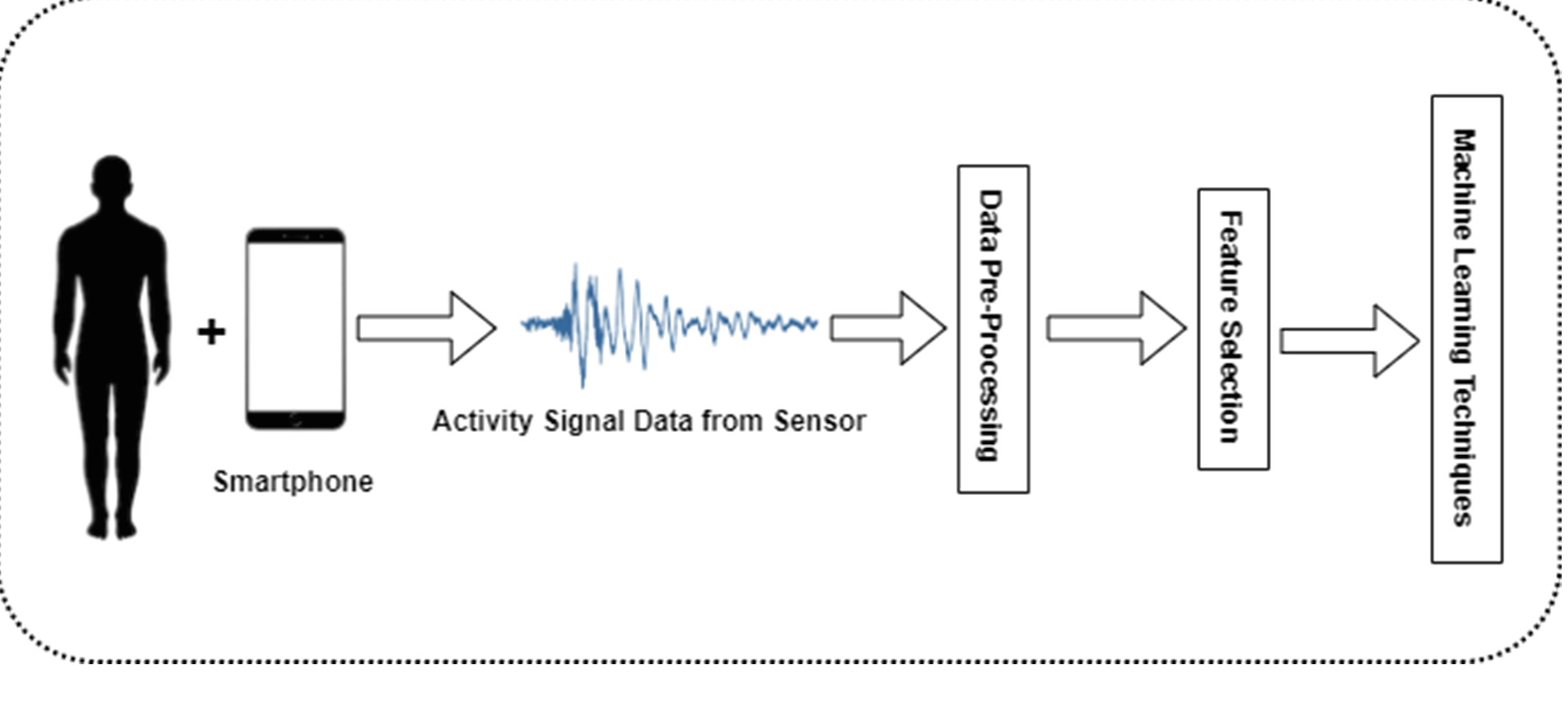
-
A Performance Evaluation of Machine Learning Models on Human Activity Identification (HAI)
Taki Hasan Rafi, Faisal Farhan
Proceedings of the 12th International Conference on Soft Computing and Pattern Recognition (SoCPaR 2020) (2020)
ABSTRACT BIB
Human activity identification (HAI) is presently a promising field for artificial intelligence researchers. HAI can be applied in various areas in our daily life such as surveillance, health care, etc. There are several machine learning and deep learning techniques that are applied to recognize the human activity. Various multi-dimensional sensors from smartphones, smart tablets, smartwatches can record different types of human activity. Some extensive sensors in smartphones such as accelerometer, gyroscope, microphone, GPS, and camera which can respond to record human gestures. These gestures can be sitting, lying, standing, walking, etc. In this study, the authors analyze the performance of traditional machine learning techniques as well as 1D-CNN architecture to recognize human activity using the UCI human activity identification dataset. PCA has been enforced to reduce the dimension and feature selection to get better results. 1D-CNN performs better in this study with an accuracy of 97.30%. Where Logistic regression achieves 96.00%, Linear Support Vector Machine achieves 93.71%, Kernel-Support Vector Machine achieves 94.85%, Random Forest achieves 90.59% and Decision Tree achieves 84.46% accuracy. All the accuracies are considered by taking the average of individual class accuracy. However, the 1D-CNN model is proposed by the authors to implement in less computational powered devices such as smartphones, smartwatches, etc.
* Joint first author.